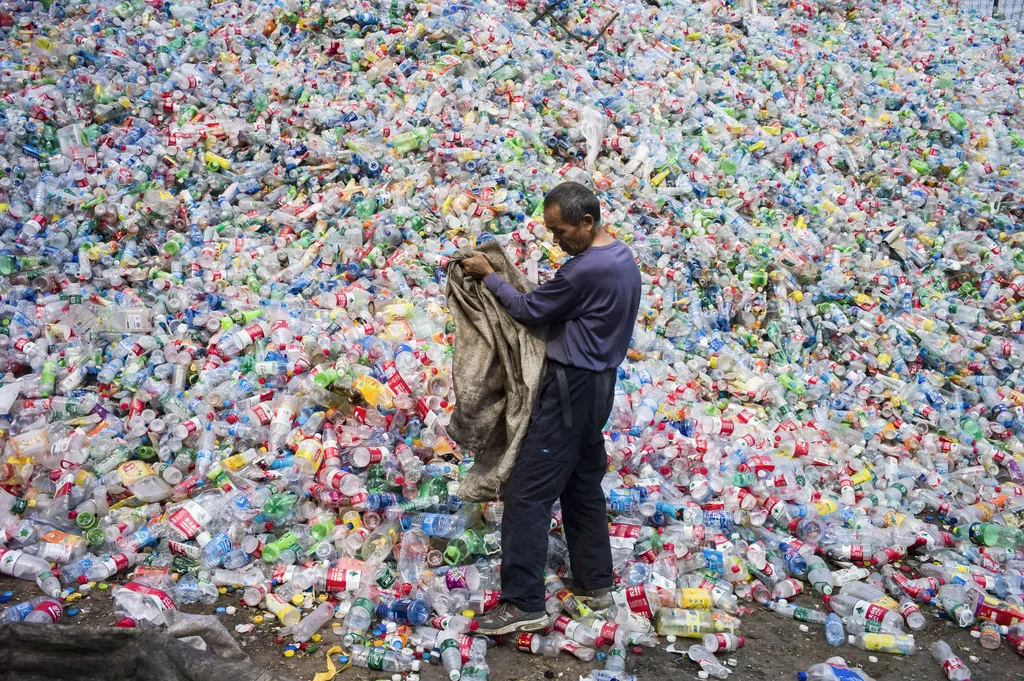In the heart of China’s agricultural landscape, a groundbreaking study led by Yu Wang from the State Key Laboratory of Soil & Sustainable Agriculture at the Chinese Academy of Sciences is challenging our understanding of plastic pollution in agroecosystems. The research, published in *Eco-Environment & Health* (which translates to *Environmental Health*), explores the intricate interplay between submicron plastics (SMPs) and di(2-ethylhexyl) phthalate (DEHP) in soil–plant systems, revealing unexpected antagonistic interactions that could reshape our approach to environmental risk assessment.
The study, which investigated the combined effects of SMPs and DEHP on lettuce plants, defied conventional wisdom by demonstrating that DEHP actually mitigated the oxidative stress induced by SMPs. “Contrary to our initial expectations of synergistic toxicity, we found that DEHP significantly reduced the uptake of SMPs into the lettuce roots,” Wang explained. This reduction in uptake led to decreased levels of reactive oxygen species and antioxidant enzyme activities, suggesting that DEHP can alleviate some of the harmful effects of SMP exposure.
The research delved even deeper, employing metabolomic profiling to uncover the complex metabolic pathways disrupted by SMP exposure. The findings revealed that SMPs significantly dysregulated multiple metabolic processes, including amino acid, carbohydrate, energy, glycan, lipid, and nucleotide metabolism. However, the co-exposure to DEHP selectively attenuated these disturbances, primarily affecting glycan biosynthesis and metabolism while suppressing SMP-induced perturbations in other pathways.
The study also shed light on the microbial communities in the soil, showing that high-level SMP exposure diminished bacterial diversity and richness. Remarkably, the addition of DEHP enhanced the diversity of Myxococcota, a phylum of bacteria known for their predatory behavior and potential role in maintaining soil health. “This suggests that DEHP might be counterbalancing the negative effects of SMP-induced microbial dysbiosis,” Wang noted.
The implications of this research extend far beyond the confines of the laboratory. As agricultural plastic films continue to proliferate, the co-contamination of micro- and nanoplastics (MNPs) and phthalate esters (PAEs) poses a growing threat to agroecosystems. The findings challenge the prevailing assumption of uniformly synergistic effects, highlighting the need for a more nuanced understanding of these complex interactions.
For the energy sector, which often grapples with the environmental impacts of plastic pollution, this research offers valuable insights. The antagonistic interactions between MNPs and plastic additives could inform more effective risk management strategies, ultimately safeguarding food security, human health, and the ecological environment.
As we stand on the precipice of a new era in environmental science, this study serves as a clarion call for further investigation. The intricate dance of contaminants in our agroecosystems demands our attention, and the findings of Yu Wang and his team are a testament to the power of scientific inquiry in unraveling the complexities of our natural world. In the words of the researchers, “Our study provides a more comprehensive evaluation of the risks of PAEs and MNPs, paving the way for a deeper understanding of their impact on our environment and health.”

